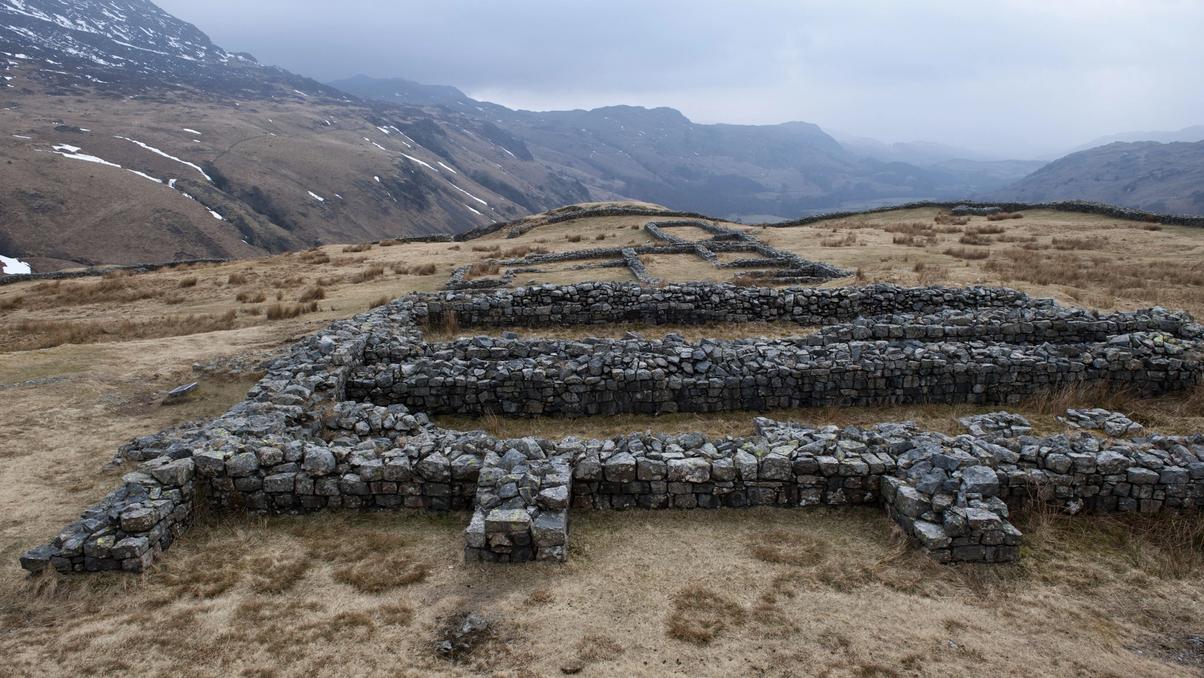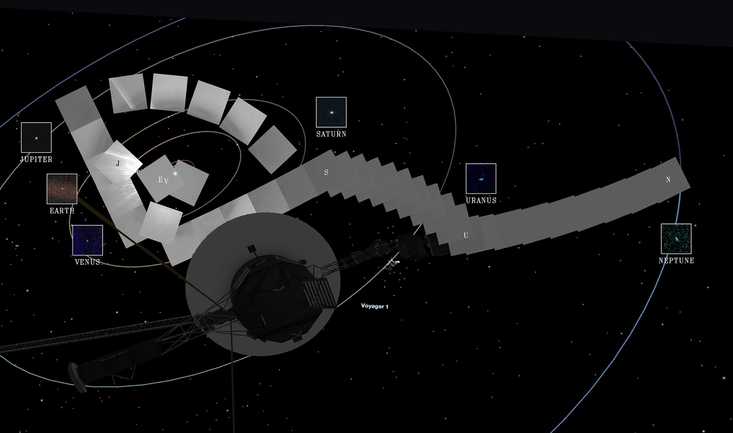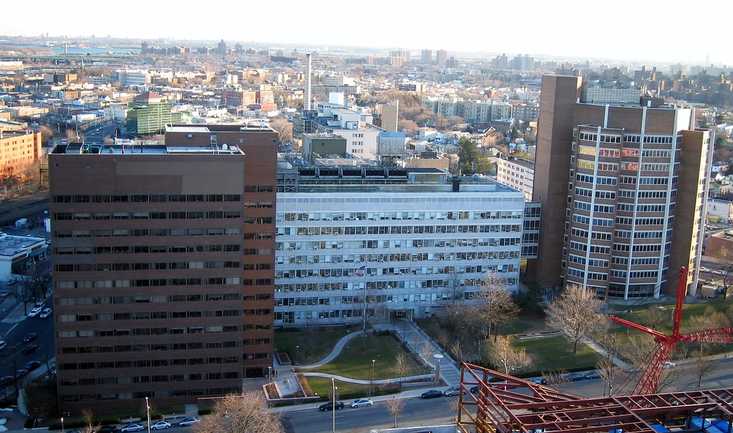Hundreds Of Hidden Roman Forts Discovered In These 50-Year-Old Photos
It's forcing archaeologists to rethink everything they thought they knew. U.S. Geological Survey
U.S. Geological Survey
News that is entertaining to read
Subscribe for free to get more stories like this directly to your inboxWhile it wasn’t the stated mission of the spy satellites focused on areas of the Middle East during the Cold War, the images they captured are now being used to identify some incredible archaeological artifacts.
Redefining Rome
Nearly a century ago, explorer Antoine Poidebard flew a plane across the region and was able to chart a network of 116 forts dating back to the Roman Empire. Decades later, surveillance images added some new context to that discovery — and it went completely unnoticed until recently.
Now, archaeologists say they’ve confirmed nearly 400 new sites across modern-day Iraq and Syria that paint a broader picture of what these forts were and how they were built. Although they were initially believed to serve as a barrier to prevent attacks from enemy tribes, there’s a new theory emerging that there was a less militaristic use for these structures.
Wall vs. road
After spending decades assuming these forts were intended to be barricades, the researchers who have studied the recently released images think the extensive network might have been used to improve communication and trade in the region.
Professor Jesse Casana, for example, noted that “few scholars have questioned Poidebard’s basic observation that there was a line of forts defining the eastern Roman frontier” — at least until now.
Since the new discoveries include sites spanning east and west, there’s less evidence that the Roman Empire used them to protect its north-south border.
Continuing research
While the new evidence is certainly intriguing, there’s plenty more information needed to gain a better understanding of the sites’ historical significance. New photographs — including images captured by U2 spy planes — are set to be released that will aid archaeologists in their work.
But Casana noted that many of the forts “have already been destroyed by recent urban or agricultural development.”
 Why Is The Aging Voyager 1 Probe Sending Back Incoherent Communications?
It's been speaking gibberish for a few months and officials are concerned.
Why Is The Aging Voyager 1 Probe Sending Back Incoherent Communications?
It's been speaking gibberish for a few months and officials are concerned. One Woman’s Massive Donation Is Wiping Out Tuition At This Medical School
Her inheritance came with the instruction to do "whatever you think is right."
One Woman’s Massive Donation Is Wiping Out Tuition At This Medical School
Her inheritance came with the instruction to do "whatever you think is right." Woman’s Pets Will Inherit Her Multimillion-Dollar Fortune, Not Her Kids
It's not the first time four-legged heirs were named in a will.
Woman’s Pets Will Inherit Her Multimillion-Dollar Fortune, Not Her Kids
It's not the first time four-legged heirs were named in a will.